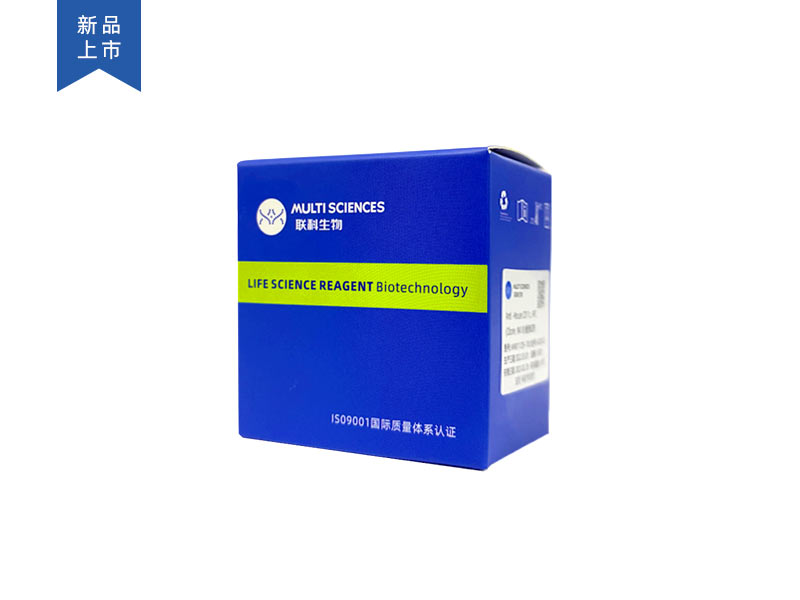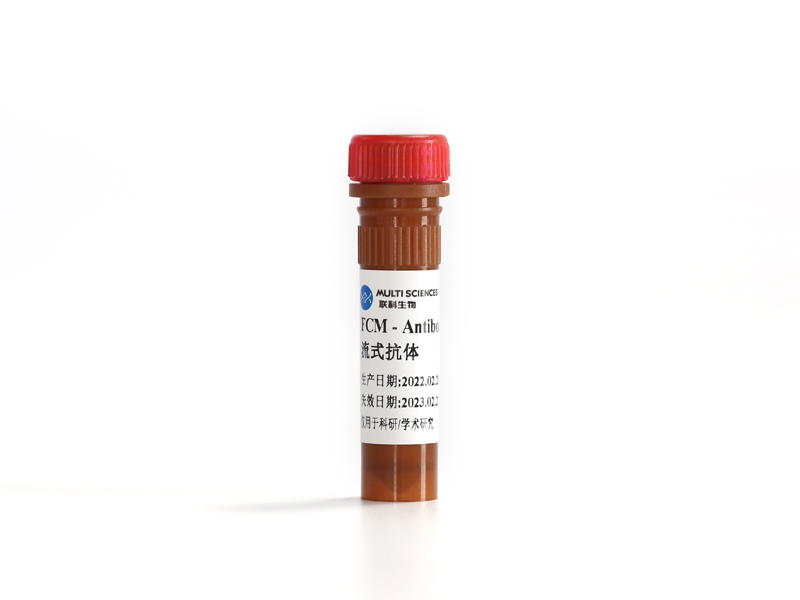Background Calycosin, a flavonoid compound extracted from Astragalus membranaceus , has shown anti-asthma benefits in house dust mite-induced asthma. Recent studies have suggested that innate-type cells, including group 2 innate lymphoid cells (ILC2s) and macrophages, serve as incentives for type 2 immunity and targets for drug development in asthma. This work focuses on the effects of calycosin on the dysregulated ILC2s and macrophages in allergic asthma. Methods In vivo, the asthmatic mouse model was established with ovalbumin (OVA) sensitization and challenge, and calycosin was intraperitoneally administered at doses of 20 and 40?mg/kg. In vivo, mouse primary ILC2s were stimulated with interleukin (IL)-33 and mouse RAW264.7 macrophages were stimulated with IL-4 and IL-13 to establish the cell models. Cells were treated with calycosin at doses of 5 and 10 ?M. Results In vivo, we observed significantly reduced numbers of eosinophils, neutrophils, monocyte macrophages and lymphocytes in the bronchoalveolar lavage fluid (BALF) of OVA-exposed mice with 40?mg/kg calycosin. Histopathological assessment showed that calycosin inhibited the airway inflammation and remodeling caused by OVA. Calycosin markedly decreased the up-regulated IL-4, IL-5, IL-13, IL-33, and suppression tumorigenicity 2 (ST2) induced by OVA in BALF and/or lung tissues of asthmatic mice. Calycosin repressed the augment of arginase 1 (ARG1), IL-10, chitinase-like 3 (YM1) and mannose receptor C-type 1 (MRC1) levels in the lung tissues of asthmatic mice. In vivo, calycosin inhibited the IL-33-induced activation as well as the increase of IL-4, IL-5, IL-13 and ST2 in ILC2s. Calycosin also repressed the increase of ARG1, IL-10, YM1 and MRC1 induced by IL-4 and IL-13 in RAW264.7 macrophages. In addition, we found that these changes were more significant in 40?mg/kg calycosin treatment than 20?mg/kg calycosin. Conclusions Collectively, this study showed that calycosin might attenuate OVA-induced airway inflammation and remodeling in asthmatic mice via preventing ILC2 activation and macrophage M2 polarization. Our study might contribute to further study of asthmatic therapy.
文章引用产品列表
-
- F2104502 5 Citations
- 流式抗体(新品)
Anti-Mouse CD45, PE (Clone:30-F11)流式抗体 (新品)
- ¥240.00 – ¥528.00



